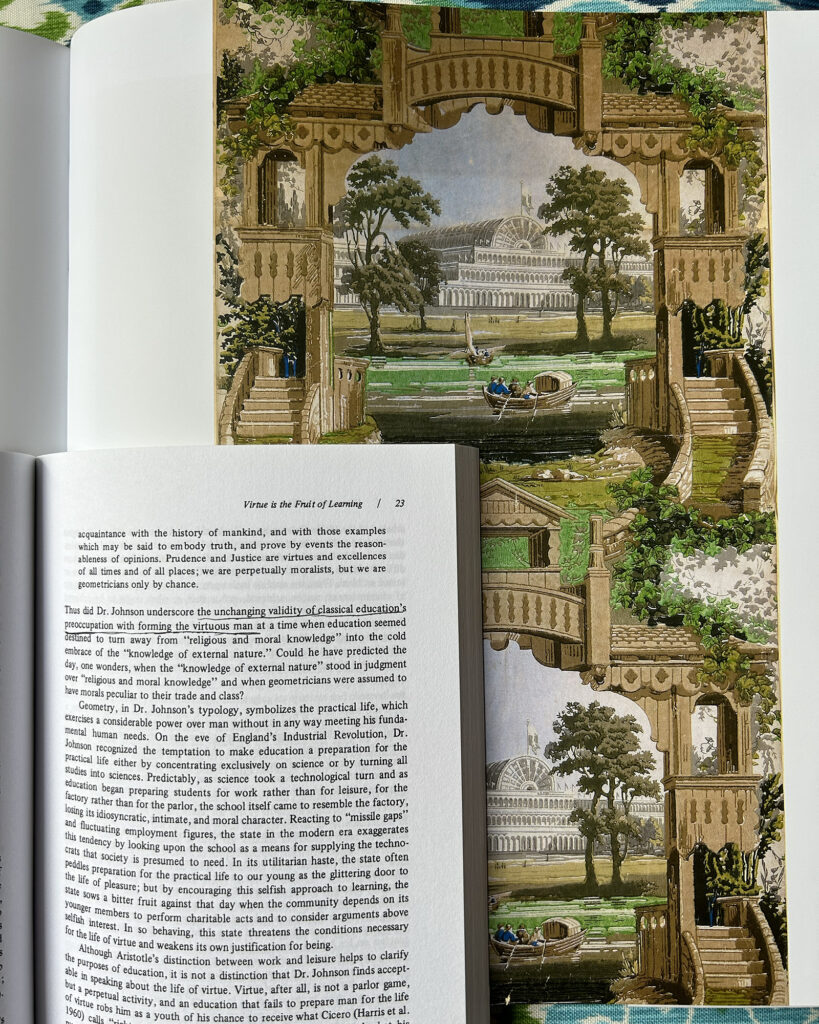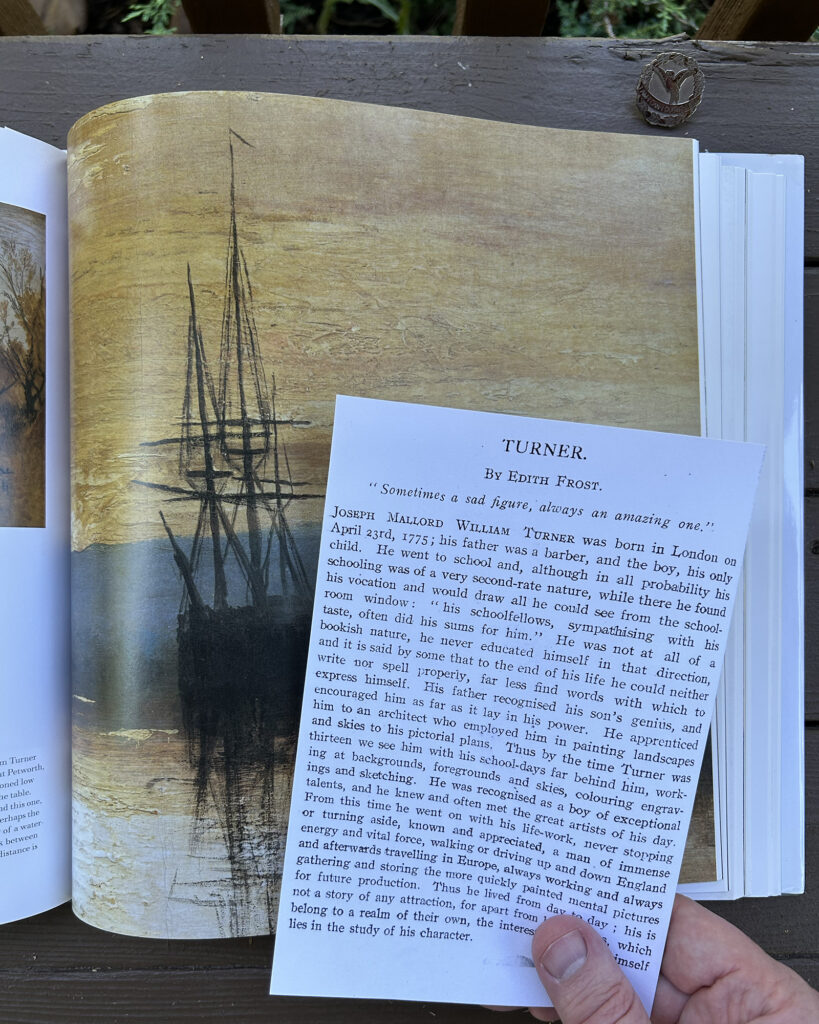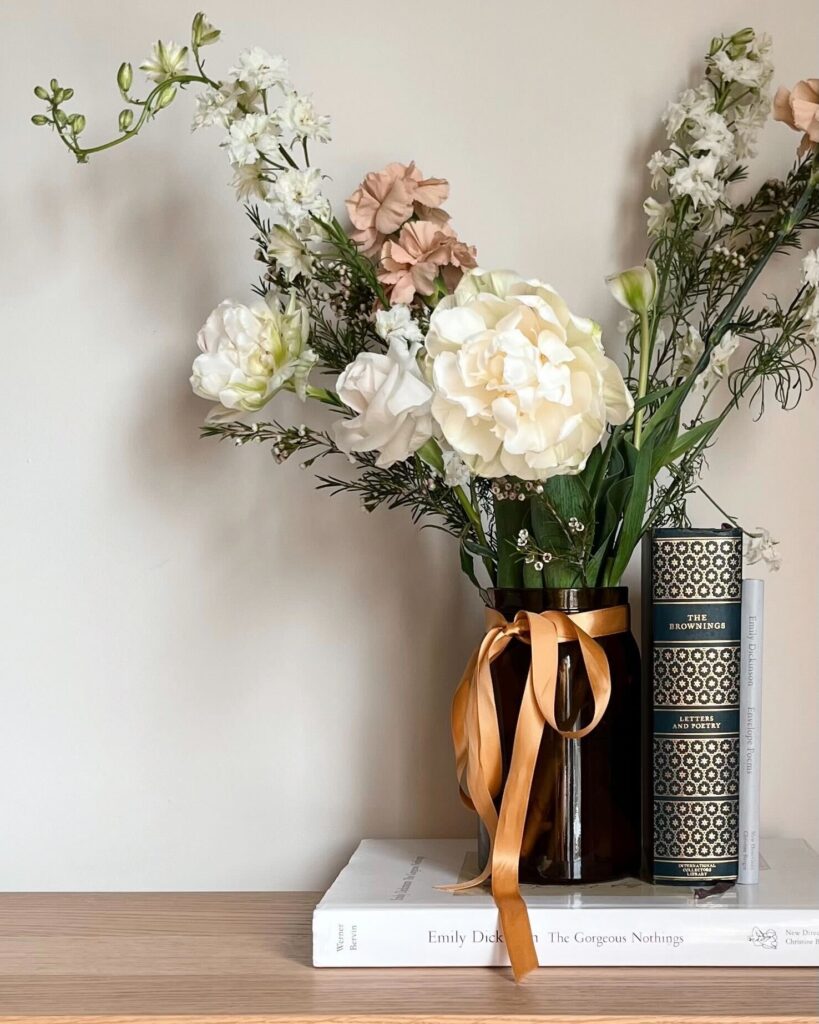The CMP Review — Week of August 14
August 14, 2023

“Literature, art, music, all three can begin to be learned in the nursery. All three are a great possession, a possession for life. When the clouds of life drift about your children, these three will lead them through the mists to the mountain tops, and there they will find that the sun they had thought obscured is always shining in the Eternal Heavens.” (V. M. Hood, “Reading in the Nursery”, PR28, p. 532)
@tessakeath
August 15, 2023

What is the ultimate purpose of education? What are we trying to accomplishing in our homeschools and our schools? In the final analysis is education about “the assimilation of facts [and] the retention of information”? Is its goal to achieve “knowledge of external nature”? Or is it more about the heart than the head? Is the proper purpose of education “the habituation of the mind and body to will and act in accordance with what one knows”?
The answer to this profound question begins to take shape when with Charlotte Mason “we begin to see that education is the elected handmaid of religion.” Then the purpose of education becomes not too different from the purpose of church, and even the purpose of life. Follow the link to hear reflections on what happens when virtue is the goal.
@artmiddlekauff
This beauty recently caught my eye while looking for a desk in a local antique mall. Song Birds and Seasons is written by French poet and novelist André Theuriet with watercolor cover and engravings by artist Hector Giacomelli. This 1888 edition is covered in a pillow of silk with gilt-edged pages and is filled with Theuriet’s poems, stories, and personal anecdotes regarding 23 different song birds. Other than that, I haven’t been able to find much out about this charming book.
@rbaburina
August 17, 2023

One of the very first artists we studied in our homeschool was J. M. W. Turner. My firstborn was 8 years old and I knew little about artists and less about picture study. But we looked at the paintings and we looked forward to a trip at the end of the term: a visit to the National Gallery of Art for a special exhibition of 147 paintings and watercolors by the English Romantic painter.
This early experience of picture study planted a seed that remained dormant for several years. Then at a Living Education Retreat, for the book giveaway, Nancy Kelly asked what artist had once asked to be tied to a mast to make an observation for a painting. I didn’t know that particular story, but I knew who it must be. I raised my hand and shouted the name: “J. M. W. Turner.”
If you’ve ever looked at historical PNEU programmes, you may have noticed that the Picture Study section often referred parents and teachers to notes in a recent issue of the Parents’ Review. An early example of one such article is by Edith Frost and was published in May, 1917. Entitled simply “Turner,” it gives an idea of the background information that may have been used by parents and teachers when this artist came up in the rotation more than a century ago.
Still relevant a hundred years later, the article has something for beginners and veterans. I wish I had it back in 2007. Check it out here and see what insights it holds for you.
@artmiddlekauff
August 18, 2023

“The child should be taken daily, if possible, to scenes—moor or meadow, park, common, or shore—where he may find new things to examine, and so add to his store of real knowledge.” (Vol I, p. 177)
@antonella.f.greco
August 19, 2023

Would you take decorating advice from Charlotte Mason?
One of my favorite guest articles at CMP is by Stacie Johnson in which she discusses Miss Mason’s ideas on order, neatness and beauty in the home. Find out why Charlotte allowed just one vase of flowers in a room and what she considered the most precious thing to have at home in “The Atmosphere of Education.” Read it now via this link.
@rbaburina
August 20, 2023

In Carol A. Newsom’s deeply moving commentary on the Book of Job, she gives special attention to the words of Elihu. Elihu “is a formidable thinker—and a dangerous one… [He] articulates a powerful idea: God intentionally sends suffering to people in order to make them better—indeed, to save them.” Newsom explains the enduring appeal of this idea:
Like the notion of suffering as punishment for sin, it organizes the disorienting chaos of suffering into a meaningful pattern. Fearing meaninglessness almost above all else, people are willing to pay a great deal to restore a meaningful structure to experiences over which they have no control.
In the tenth chapter of the Gospel of John, the disciples meet a man who had no control over his plight: he was born blind. “Fearing meaninglessness almost above all else,” the disciples wanted answers. Surely Jesus would know. Was this blindness a punishment for sin? Whose sin?
Our Lord does not answer them the way they expected. Charlotte Mason’s poetic reflection on His words points us to a different perspective on the suffering over which we have no control. Read or hear it here.
@artmiddlekauff